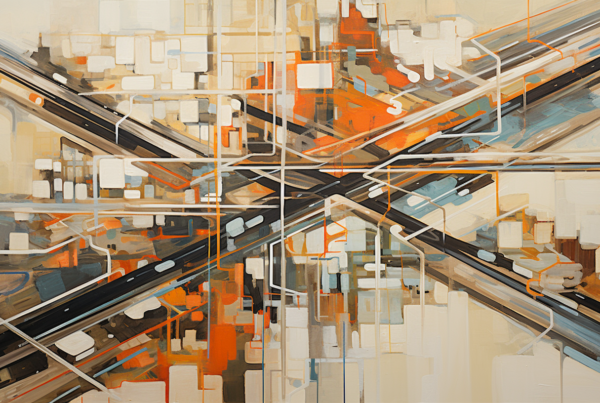When we think of headshots, our mind automatically conjures images of faces – the smile, the eyes, the expressions. However, there’s another significant factor at play that often gets overlooked, and that’s texture. The manipulation of texture in photography can impart depth and dimension to an image, significantly influencing the viewer’s perception.
In this blog post – The Influence of Textures in Headshots, we will explore the various types of textures commonly found in headshots and how these textures shape our impressions and responses.
Understanding Texture in Photography
Texture refers to the surface quality of an object, which can be smooth, rough, soft, hard, glossy, or matte. In photography, texture can be tactile or visual. Tactile texture is what we can feel, while visual texture is what we perceive in an image. The play of light and shadow can emphasize texture, bringing it to the forefront of an image.
When used skillfully, the influence of textures in headshots can convey mood, character, or context. It can add depth, make an image feel more tangible, and often helps to evoke emotional responses from viewers.
Types of Textures in Headshots
Skin Texture
Skin texture is one of the most critical elements in headshot photography. The portrayal of skin can make a significant difference in the image’s perceived authenticity and quality.
- Smooth, Airbrushed Skin: This style is common in commercial and beauty photography. Airbrushing gives the skin a flawless, almost unreal perfection that speaks of idealized beauty. However, overuse can make the subject appear plastic or artificial, disconnecting viewers who value authenticity.
- Natural Skin Texture: This texture showcases the subject’s skin as it is, including all its unique attributes – wrinkles, freckles, pores, and even blemishes. This texture imbues the image with a sense of authenticity and relatability, allowing viewers to connect on a human level.
Hair Texture
Hair texture can greatly contribute to the dynamism and interest in a headshot.
- Smooth, Shiny Hair: This texture exudes an aura of sophistication, elegance, and often professionalism. It’s popular in corporate and fashion headshots.
- Textured, Messy Hair: This style adds an element of casualness, youthfulness, or creative flair. It can lend an edgy, raw, and artistic feel to the image.
Clothing Texture
The texture of clothing can give additional context about the subject or the image’s intended message.
- Smooth, Silky Fabrics: Smooth fabrics, such as silk or satin, often give off a vibe of luxury, elegance, or femininity.
- Rough, Coarse Fabrics: Coarse fabrics like wool or denim can communicate ruggedness, comfort, or everyday realism.
Background Texture
The background texture, though subtle, can support or distract from the subject.
- Smooth, Blurred Backgrounds: These often keep the focus solely on the subject, creating a clean and distraction-free image. It’s a popular choice for professional and commercial headshots.
- Rough, Detailed Backgrounds: A background with visible texture can add depth and context to an image, giving it a more environmental or candid feel.
The Influence of Texture
The different types of textures found in a headshot can influence the viewer’s perception in several ways.
- Evoking Emotion: Texture can evoke certain feelings or reactions. For instance, the smoothness of a silk dress can evoke a sense of luxury or sophistication, while the rugged texture of a brick wall can bring about feelings of toughness or grit.
- Creating Mood: Texture can also play a big part in setting the mood of a headshot. For example, a portrait with soft, smooth textures might create a peaceful, soothing mood, while one with harsh, rough textures might evoke tension or drama.
- Imparting Personality: Texture can hint at a subject’s personality or lifestyle. A headshot featuring a subject with neatly combed hair and a silk blouse suggests a different character than one with tousled hair and a leather jacket.
In conclusion, the influence of textures in headshots is a powerful tool in headshot photography, with the potential to greatly influence the viewer’s perception of an image. It goes beyond just adding a visual appeal – it can tell a story, evoke emotions, and impart personality. So, the next time you view a headshot, pay close attention to the textures. You may find that they tell more about the subject than you first realized.





